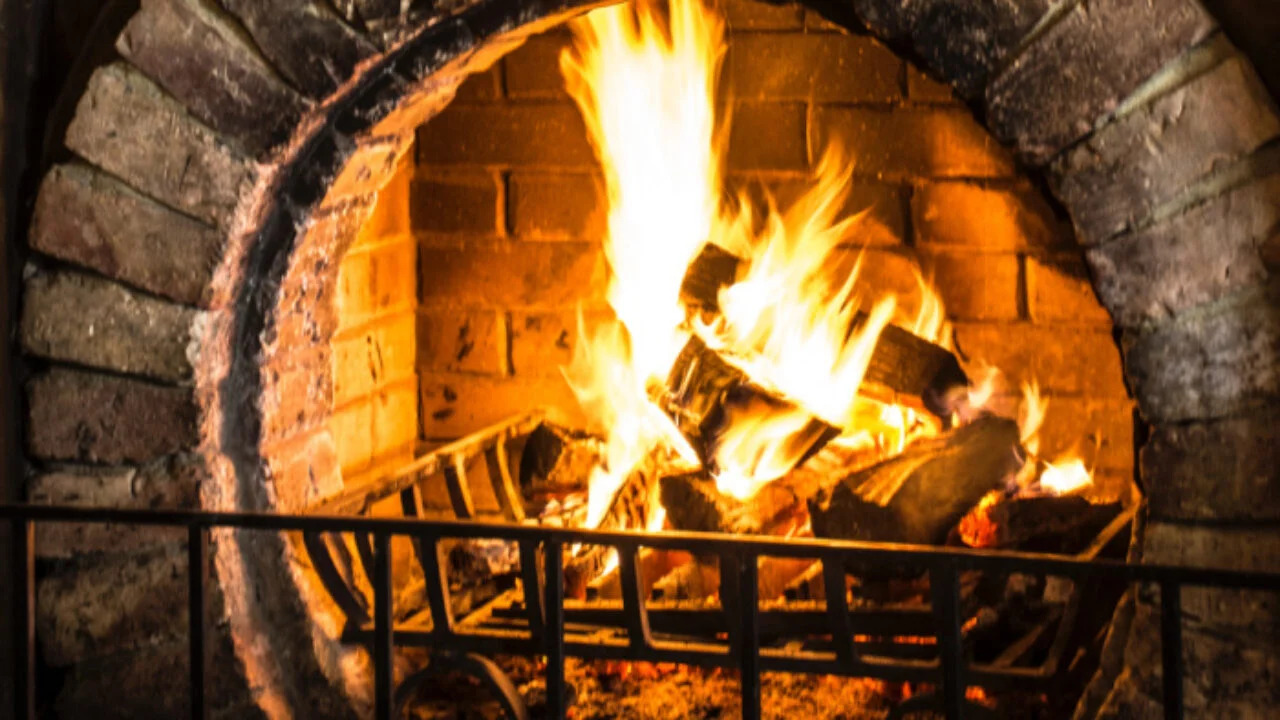

Articles
How Does A Chimney Fire Start
Modified: February 24, 2024
Discover the common causes of chimney fires and learn how to prevent them. Read our informative articles on chimney fire safety and take steps to protect your home.
(Many of the links in this article redirect to a specific reviewed product. Your purchase of these products through affiliate links helps to generate commission for Storables.com, at no extra cost. Learn more)
Introduction
A chimney fire is a potentially destructive and dangerous event that can occur in your home. When a chimney fire ignites, it can cause extensive damage to the chimney structure and put your entire house at risk. Therefore, understanding how chimney fires start and knowing how to prevent them is essential for every homeowner.
In this article, we will delve into the causes of chimney fires and explore the signs that indicate a fire may be occurring. We will also provide you with essential steps to take if a chimney fire does happen and offer advice on preventing these fires in the first place.
By understanding the nature of chimney fires and implementing proper preventive measures, you can ensure the safety of your home and loved ones.
Key Takeaways:
- Preventing chimney fires is essential for home safety. Regular inspections, proper maintenance, and quality fuel usage can significantly reduce the risk of chimney fires, ensuring a safe and cozy fireplace experience.
- Recognizing signs of a chimney fire is crucial. Loud crackling, dense smoke, and visible flames indicate a fire. Immediate evacuation and contacting emergency services are vital for safety.
Read more: How To Start A Fire In Chimney
Understanding Chimney Fires
Before delving into the causes and prevention of chimney fires, it is crucial to understand what exactly a chimney fire is. A chimney fire, as the name implies, is a fire that occurs within the chimney structure itself.
Chimney fires happen when the flammable byproducts of burning wood, such as creosote and soot, ignite inside the chimney. These fires can reach extremely high temperatures and generate intense heat, posing a significant risk to your home and safety.
It’s important to note that chimney fires can occur in both masonry chimneys, which are made of brick or stone, and metal chimneys, which are often found in newer construction or as part of a factory-built fireplace system. Regardless of the type of chimney, the risk of a fire is present if the necessary precautions are not taken.
Chimney fires can have devastating consequences, such as damaging the chimney lining, cracking the chimney’s masonry, causing structural issues, or even spreading to other parts of your home. They can also release toxic gases, such as carbon monoxide, into your living space, putting you and your loved ones at risk of carbon monoxide poisoning.
Understanding the dangers associated with chimney fires underscores the importance of taking preventive measures and identifying the signs of a potential fire before it escalates.
Common Causes of Chimney Fires
Chimney fires can have several causes, but they often stem from a combination of factors. It’s crucial to be aware of these common causes in order to minimize the risk of a fire occurring in your chimney.
1. Creosote Buildup: Creosote is a black, sticky residue that forms when wood burns incompletely. Over time, creosote can accumulate inside the chimney lining, presenting a significant fire hazard. The more creosote buildup there is, the higher the risk of a chimney fire.
2. Soot and Debris Accumulation: Alongside creosote, soot and other debris can accumulate in the chimney flue. This can obstruct the airflow and increase the chances of a fire igniting. Regular chimney cleanings are crucial to remove these potentially flammable substances.
3. Structural Damage or Cracks in the Chimney: Damaged or deteriorating chimney structures can create pathways for fire to escape. If the chimney has cracks, missing mortar, or loose bricks, it becomes more susceptible to heat transfer and can cause a chimney fire.
4. Improper Installation or Maintenance: A poorly installed or maintained chimney can increase the risk of a fire. This includes issues such as a malfunctioning flue liner, improper sizing of the chimney cap, or inadequate clearance between the chimney and nearby combustible materials.
5. Faulty Chimney Liner: The chimney liner, typically made of clay tiles, stainless steel, or other materials, plays a crucial role in protecting the chimney walls from high temperatures and corrosive gases. A damaged or deteriorating chimney liner can contribute to the risk of a chimney fire.
6. Lack of Regular Inspections: Regular chimney inspections are vital for identifying any potential hazards or issues that could lead to a chimney fire. Neglecting routine inspections and maintenance can increase the likelihood of a fire occurring.
Being aware of these common causes of chimney fires empowers homeowners to address potential risks and take appropriate actions to prevent fires from happening in the first place.
Creosote Buildup
Creosote buildup is one of the leading causes of chimney fires. When wood is burned incompletely, it releases volatile substances that condense and form a black, flaky substance known as creosote. This substance can accumulate inside the chimney lining over time, posing a significant fire hazard.
There are three main forms of creosote:
1. Stage 1 Creosote: This is the most common form of creosote and appears as a light, powdery or flaky substance. It is relatively easy to remove during regular chimney cleanings and poses a lower fire risk compared to the other stages.
2. Stage 2 Creosote: Stage 2 creosote is characterized by a dense, tar-like consistency. It is more difficult to remove and requires professional cleaning. This stage of creosote poses a higher fire risk due to its higher flammability.
3. Stage 3 Creosote: Stage 3 creosote is the most dangerous and potentially lethal form. It is extremely thick and hard, almost like glazed or shiny tar. Stage 3 creosote can only be removed by professional chimney sweeps and indicates a severe fire hazard.
The accumulation of creosote in the chimney restricts airflow and causes the chimney to become more susceptible to chimney fires. As creosote is highly flammable, a buildup of it can ignite from sparks, embers, or flames that come into contact with the chimney’s interior surfaces.
Regularly cleaning and removing creosote buildup is crucial for preventing chimney fires. The frequency of cleaning depends on several factors, including the type of fuel burned, the frequency of fireplace use, and the type of chimney. It is recommended to have a professional chimney sweep inspect and clean the chimney at least once a year, especially if you use your fireplace regularly.
Creosote buildup is not only a fire hazard but also can pose health risks. Breathing in creosote particles or soot can irritate the respiratory system and exacerbate existing respiratory conditions. Therefore, keeping the chimney clean and free from creosote is essential for maintaining a safe and healthy environment in your home.
By understanding the risk of creosote buildup and taking proactive measures to prevent it, you can significantly reduce the chances of a chimney fire occurring and ensure the safety of your home and loved ones.
Soot and Debris Accumulation
In addition to creosote buildup, the accumulation of soot and debris inside the chimney can increase the risk of a chimney fire. Soot is a black, powdery substance that is produced when organic materials, such as wood, do not burn completely. Over time, soot can accumulate along the chimney walls, obstructing the airflow and posing a fire hazard.
Debris, such as leaves, bird nests, or other foreign objects, can also find their way into the chimney. These materials can further block the chimney and hinder proper venting, increasing the risk of a chimney fire.
Soot and debris accumulation restricts the flow of air from the fireplace or stove to the outside, leading to incomplete combustion and the potential formation of flammable byproducts. When a sufficient amount of these combustible materials is present, the risk of a chimney fire escalates.
Regular chimney cleanings are essential for removing soot and debris from the chimney flue. A professional chimney sweep can thoroughly clean the chimney, removing any obstructions, and ensuring proper ventilation and airflow. The frequency of chimney cleanings depends on various factors, including the fuel used and the frequency of fireplace usage.
It’s worth noting that certain types of wood, such as pine, produce more soot and creosote than others. Using well-seasoned hardwoods and following proper burning practices, such as drying the wood properly and avoiding smoldering fires, can help minimize soot production.
In addition to regular cleanings, installing a chimney cap can be beneficial in preventing the accumulation of debris inside the chimney. A chimney cap acts as a barrier, preventing birds, animals, leaves, and other foreign objects from entering the chimney while still allowing for proper ventilation.
By keeping the chimney free from soot and debris, you can maintain optimal airflow, reduce the risk of a chimney fire, and ensure the efficient and safe operation of your fireplace or stove.
Read more: How To Prevent Chimney Fires
Structural Damage or Cracks in the Chimney
Structural damage or cracks in the chimney can significantly increase the risk of a chimney fire. The chimney plays a crucial role in safely venting the byproducts of combustion out of your home. However, if the chimney structure is compromised, it can provide pathways for fire to escape, leading to dangerous consequences.
There are several factors that can cause structural damage or cracks in the chimney:
1. Weathering: Over time, exposure to the elements can cause erosion and deterioration of the chimney’s masonry. Harsh weather conditions, such as freeze-thaw cycles, can accelerate this process. Cracks and gaps in the chimney’s mortar or bricks allow heat to escape and increase the likelihood of a chimney fire.
2. Settlement or Shifting: Settlement or shifting of the foundation can affect the structural integrity of the chimney. If the chimney is not properly supported, it can result in cracks or leaning, providing openings for fire to escape.
3. Poor Construction: Improper construction techniques or the use of subpar materials during the chimney’s initial installation can result in structural issues. These issues may include weak mortar joints, insufficient support, or inadequate lining, all of which can contribute to the risk of a chimney fire.
4. Chimney Fires: It’s important to note that chimney fires themselves can cause structural damage to the chimney. The intense heat and rapid temperature changes that occur during a chimney fire can crack or break the chimney’s masonry, compromising its structural integrity.
Identifying and addressing structural damage or cracks in the chimney is vital for preventing chimney fires. Regular chimney inspections, conducted by a professional chimney sweep, can help detect any signs of structural issues. These inspections typically include an assessment of the chimney’s exterior, interior, and overall condition.
If structural damage or cracks are found, it is crucial to have them repaired promptly by a qualified professional. Depending on the severity of the damage, repairs may involve tuckpointing, replacing damaged bricks or mortar, or even rebuilding sections of the chimney.
By ensuring the structural integrity of your chimney, you can reduce the risk of fire and promote the safe operation of your fireplace or stove.
Improper Installation or Maintenance
Improper installation or maintenance practices can significantly increase the risk of a chimney fire. Whether it’s a result of DIY installations or neglecting routine maintenance, overlooking essential aspects of chimney care can have dangerous consequences.
Here are some common issues related to improper installation or maintenance:
1. Faulty Flue Liner: The flue liner is a critical component of a chimney system. It provides a protective barrier between the high temperatures inside the chimney and the surrounding combustible materials. If the flue liner is damaged, improperly installed, or the wrong size for the appliance, it can increase the risk of a chimney fire.
2. Inadequate Clearance: Combustible materials, such as wood framing or insulation, need proper clearance from the chimney to prevent the risk of fire. Improper installation can result in insufficient clearance, allowing heat to transfer to these materials and potentially igniting a fire.
3. Poorly Positioned Chimney Cap: A chimney cap is essential for keeping rain, debris, and animals out of the chimney. If a chimney cap is not properly installed or positioned, it can allow sparks, embers, or debris to enter the flue, increasing the risk of a chimney fire.
4. Lack of Maintenance: Regular chimney maintenance is crucial for preventing chimney fires. Neglecting routine inspections and cleanings allows creosote, soot, and debris to build up, increasing the risk of a fire. It is important to have your chimney inspected and cleaned annually by a professional chimney sweep.
5. Ignoring Warning Signs: Ignoring warning signs can be a recipe for disaster. If you notice a draft or smoke coming back into the room, discoloration or staining on the walls near the chimney, or a strong odor, these are indications that something is amiss. Ignoring these signs can lead to a chimney fire.
Proper installation and regular maintenance of your chimney are essential for its safe and efficient operation. It is advisable to consult with a professional chimney sweep or contractor to ensure that your chimney is installed correctly and that you are following the appropriate maintenance practices.
By taking these necessary steps, you can minimize the risk of chimney fires and enjoy the warmth and comfort of your fireplace or stove with peace of mind.
Signs of a Chimney Fire
Recognizing the signs of a chimney fire is crucial in order to take immediate action and prevent further damage. While some chimney fires may be loud and visually apparent, others may be more subtle. Here are some common signs that indicate a chimney fire may be occurring:
- Loud crackling or popping noises: One of the telltale signs of a chimney fire is a loud crackling or popping sound coming from the chimney. These sounds are typically caused by the intense heat and rapid expansion of the chimney materials.
- Strong, hot smell: If you notice a strong, acrid smell coming from the fireplace or chimney, it could be an indication of a chimney fire. The burning of creosote and other combustible materials produces a distinct odor.
- Thick, dark smoke or sparks: During a chimney fire, you may observe an excessive amount of thick, dark smoke coming from the chimney, sometimes accompanied by shooting sparks or flames. These are clear signs that combustion is occurring within the chimney.
- Warped or discolored chimney cap: A visually evident sign of a chimney fire is a warped or discolored chimney cap. The intense heat generated during a fire can cause metal chimney caps to deform or change color.
- Cracking or damage to the chimney: A chimney fire can cause significant damage to the chimney structure. Cracks, gaps, or visible damage to the exterior of the chimney can indicate that a fire has occurred.
- Smoke or flames coming out of the chimney: In severe cases, you may observe flames or smoke billowing out of the top of the chimney. This is a clear indication of a chimney fire and requires immediate action.
If you notice any of these signs, it is crucial to take immediate action to ensure your safety and the safety of your home. Follow the appropriate steps to address a chimney fire, such as contacting emergency services, evacuating the premises, and refraining from using the fireplace or stove until a professional can inspect and repair the chimney.
Remember, chimney fires can be unpredictable and highly dangerous. Being vigilant and knowing how to identify the signs of a chimney fire can help you react swiftly and minimize the potential damage caused by such an event.
Always have your chimney inspected and cleaned regularly to remove any built-up creosote, which is a common cause of chimney fires. Additionally, use seasoned hardwood for burning to reduce the amount of creosote buildup.
Identifying a Chimney Fire
Identifying a chimney fire early on is crucial to taking immediate action and preventing further damage or risks. While some chimney fires can be obvious and alarming, others may not be as easily detected. Here are several ways to identify a chimney fire:
- Unusual sounds: One of the first signs of a chimney fire is hearing unusual sounds coming from the chimney. These sounds can range from cracking, popping, or rumbling noises. The intense heat of the fire can cause the chimney materials to expand and contract rapidly, leading to these audible cues.
- Dense smoke: A chimney fire may produce an excess amount of dense smoke escaping from the chimney. This smoke can be noticeably thicker and darker than usual, with a strong and pungent odor. It is important not to confuse this with normal smoke during regular fireplace use.
- Intense heat: If you feel an excessive amount of heat radiating from the chimney, it could indicate a chimney fire. The fire’s intense heat can cause the chimney to become abnormally hot to the touch, even on the exterior surface.
- Visible flames: In severe cases, flames may become visible from the top of the chimney. These flames can be accompanied by shooting sparks or embers. It is crucial to exercise caution and not attempt to extinguish the fire yourself.
- Cracking or popping sounds in the walls or ceiling: In some instances, a chimney fire can cause the surrounding walls or ceiling to emit cracking or popping sounds. This occurs when the intense heat of the fire affects nearby combustible materials.
- House filled with smoke: A sudden influx of smoke in the house, accompanied by a strong smoky odor, can be indicative of a chimney fire. This occurs when the fire impedes the normal flow of smoke and gases up the chimney, causing them to enter the living space.
It is important to note that chimney fires can vary in intensity and manifestation. While some may be loud, visually apparent, and produce significant amounts of smoke and flames, others may be more subtle and difficult to detect. Therefore, it is crucial to be alert and aware of any unusual signs or symptoms related to your chimney.
If you suspect a chimney fire, the most important action to take is to ensure the safety of yourself and your family. Evacuate the premises immediately and contact the fire department to report the situation. Refrain from trying to extinguish the fire yourself, as chimney fires can be unpredictable and potentially hazardous.
Remember, prevention is always better than trying to address a chimney fire after it has occurred. Regular chimney inspections, cleanings, and adhering to safe fireplace practices significantly reduce the risk of chimney fires, ensuring the safety of your home and loved ones.
Read more: How To Put Out A Chimney Fire
Immediate Steps to Take During a Chimney Fire
Discovering a chimney fire can be a frightening experience, but it’s crucial to take immediate action to ensure the safety of yourself, your family, and your home. Here are the immediate steps to take if you suspect or identify a chimney fire:
- Alert everyone in the house: If you detect a chimney fire, notify everyone in the house immediately. Make sure everyone is aware of the situation and understands the importance of evacuating promptly.
- Call emergency services: Dial the emergency services number (e.g., 911) to report the chimney fire. Inform them of the situation and provide them with your address and any relevant details they may need.
- Don’t attempt to extinguish the fire: Avoid attempting to extinguish the fire yourself. Chimney fires can be unpredictable and potentially dangerous. It’s best to leave the fire suppression to the professionals who are trained to handle such situations.
- Close all dampers and vents: Close all the dampers and vents in your fireplace or stove to limit the oxygen supply to the fire. This can help prevent the fire from spreading further into the chimney or surrounding areas.
- Evacuate the house: Safely evacuate everyone from the house, ensuring that everyone is accounted for. Have a predetermined meeting point away from the house, where you can gather and wait for emergency responders.
- Avoid using water: Refrain from using water to try to extinguish the fire. Water can cause a rapid temperature change, potentially leading to further damage to the chimney structure or even an explosion due to the heat trapped inside the chimney.
- Prevent chimney drafts: Close all doors and windows leading to the chimney area. This helps to mitigate the possibility of drafts that could increase the fire’s intensity or cause the fire to spread to other parts of the house.
- Wait for professional assistance: Once you have evacuated the house, wait for the arrival of the fire department and other emergency responders. Follow their instructions and provide them with any additional information they may need about the situation.
Remember, your safety should always be the top priority in the event of a chimney fire. Be prepared by having an emergency plan in place and regularly reviewing fire safety procedures with your family to ensure everyone understands what to do in case of an emergency.
Prevention is key in avoiding chimney fires. Regular chimney inspections, cleanings, and following proper maintenance practices can significantly reduce the risk of a fire in your chimney. Remember to practice safe fireplace usage and always use appropriate fuel and ventilation methods.
By being vigilant and taking immediate action during a chimney fire, you can help minimize the potential damage to your home and protect the well-being of your loved ones.
Preventing Chimney Fires
Preventing chimney fires is essential for the safety and well-being of your home and family. By implementing a few key preventive measures, you can significantly reduce the risk of a chimney fire occurring. Here are some important steps to help prevent chimney fires:
- Regular chimney inspections and cleanings: Schedule annual chimney inspections by a professional chimney sweep. They will thoroughly inspect the chimney, checking for any signs of damage, creosote buildup, or other potential fire hazards. Regular cleanings are also crucial to remove any creosote, soot, or debris that may have accumulated.
- Proper fireplace usage and maintenance: Follow safe fireplace practices, such as using dry, seasoned firewood and avoiding overloading the fireplace with excessive amounts of wood. Never burn trash, cardboard, or other materials in the fireplace, as they can contribute to creosote buildup and increase the risk of a fire.
- Quality fuel and proper ventilation: Use only high-quality fuel, such as dry and well-seasoned hardwoods, which produce less creosote when burned. Also, ensure proper ventilation by keeping the damper open during use and ensuring that the chimney flue is clear and unobstructed.
- Monitor the fire: Keep a watchful eye on the fire while it’s burning, ensuring that it stays contained within the fireplace or stove. Avoid leaving the fire unattended, especially when there are active flames present.
- Install a chimney cap: A chimney cap acts as a barrier, preventing rain, debris, and animals from entering the chimney. It also helps prevent the buildup of flammable materials, reducing the risk of a chimney fire.
- Be cautious with space heaters: If you use a space heater that vents through a chimney, ensure that it is properly installed and maintained. Follow the manufacturer’s guidelines for safe usage and ensure proper airflow and ventilation.
- Keep combustible materials away: Avoid placing flammable materials, such as furniture, curtains, or decorations, near the fireplace or stove. Maintain a safe distance between these items and the heat source to reduce the risk of accidental ignition.
- Educate your family: Teach your family about fire safety and the importance of chimney maintenance. Ensure that everyone in the household understands the risks associated with chimney fires and knows how to respond in case of an emergency.
By implementing these preventative measures into your chimney maintenance routine and promoting a culture of fire safety in your home, you can significantly reduce the risk of chimney fires. Remember, prevention is always better than dealing with the aftermath of a fire, making the investment of time and effort in chimney maintenance well worth it.
It’s also worth mentioning that hiring a professional chimney sweep is highly recommended to ensure the thorough and accurate inspection and cleaning of your chimney. They have the expertise and knowledge to identify potential fire hazards and address them before they escalate into a chimney fire.
By following these preventive steps and staying diligent with chimney maintenance, you can enjoy the warmth and comfort of your fireplace or stove with peace of mind, knowing that you have taken necessary measures to prevent chimney fires.
Regular Chimney Inspections and Cleanings
Regular chimney inspections and cleanings are essential for maintaining a safe and efficient chimney system. By scheduling annual inspections and cleanings, you can identify and address potential issues before they turn into serious problems or chimney fires. Here’s why regular chimney inspections and cleanings are so important:
1. Detecting and removing creosote buildup: Creosote is a highly flammable substance that accumulates inside the chimney. During a chimney inspection, a professional chimney sweep will check for any creosote buildup. If detected, they will thoroughly clean the chimney, removing the creosote deposits. This helps minimize the risk of a chimney fire.
2. Identifying and repairing structural issues: A chimney inspection involves a comprehensive examination of the chimney’s exterior and interior. The chimney sweep will look for any signs of damage, such as cracks, loose bricks, or deteriorating mortar. Identifying and addressing these structural issues promptly can prevent further damage and ensure the structural integrity of the chimney.
3. Checking the condition of the flue liner: The flue liner serves as a protective barrier between the high heat of the fire and the chimney walls. It is crucial for the safe operation of the chimney. During an inspection, the chimney sweep will assess the condition of the flue liner to ensure it is intact and functioning properly. Any damage or deterioration can be addressed early on to prevent risks.
4. Ensuring proper airflow and ventilation: A chimney inspection includes checking the chimney for any blockages or obstructions that can hinder proper airflow. If there are any debris or nesting materials present, they will be removed. This helps maintain optimal airflow, improving the efficiency of the chimney and reducing the risk of chimney fires.
5. Preventing carbon monoxide poisoning: A properly functioning chimney ensures the safe venting of gases, including carbon monoxide, out of your home. During an inspection, the chimney sweep will check for any signs of carbon monoxide leaks, such as cracks in the flue liner or damaged chimney components. Addressing these issues promptly is crucial for preventing carbon monoxide poisoning.
6. Compliance with building codes and regulations: Regular chimney inspections help ensure that your chimney meets the necessary building codes and safety regulations. This is particularly important if you plan to sell your home in the future, as potential buyers may request proof of chimney inspections and maintenance.
It’s important to hire a professional chimney sweep to conduct the inspections and cleanings. They have the expertise, specialized tools, and knowledge to perform thorough and accurate assessments. Additionally, they can provide valuable recommendations and advice on chimney maintenance and fire safety practices.
By scheduling regular chimney inspections and cleanings, you can maintain a safe and efficient chimney system, reduce the risk of chimney fires, and enjoy the warmth of your fireplace or stove with peace of mind.
Proper Fireplace Usage and Maintenance
Proper fireplace usage and maintenance are essential for ensuring the safe and efficient operation of your fireplace. By following a few important guidelines and incorporating regular maintenance practices, you can minimize the risk of chimney fires and maximize the enjoyment of your fireplace. Here are some key recommendations:
1. Use dry, seasoned firewood: It is crucial to use well-seasoned firewood for your fireplace. Seasoned firewood has been dried for at least six months, allowing it to achieve a moisture content of around 20%. Burning dry firewood produces less smoke, reduces the buildup of creosote, and helps prevent chimney fires.
2. Avoid overloading the fireplace: It’s important not to overload the fireplace with excessive amounts of wood. Overloading can restrict airflow, cause incomplete combustion, and increase the production of creosote. Follow the manufacturer’s guidelines or consult with a professional to determine the appropriate wood-loading capacity for your fireplace.
3. Foster proper airflow: Adequate airflow is crucial for proper combustion and ventilation. Before lighting a fire, ensure that the damper is fully open to allow for optimal airflow. Keeping a small amount of ash in the bottom of the fireplace can also help with proper airflow.
4. Use a fireplace screen: Installing a fireplace screen is an important safety measure. It helps prevent sparks and embers from escaping the fireplace, reducing the risk of igniting nearby flammable materials or starting a fire in the room.
5. Routinely remove ashes: Regularly removing ashes from the fireplace is necessary for maintaining proper airflow and preventing them from building up and restricting combustion. Be sure to wait until the ashes have completely cooled before removing them, and dispose of them properly in a metal container placed far away from any combustible materials.
6. Avoid using accelerants: Never use accelerants, such as gasoline, to start or revive a fire. Accelerants can cause sudden and uncontrollable flames, leading to a dangerous situation.
7. Carbon monoxide detectors: Install carbon monoxide detectors near your fireplace and throughout your home. These detectors can alert you to the presence of carbon monoxide, a potentially deadly gas that can be produced by improper fireplace ventilation or chimney issues.
8. Schedule regular chimney inspections and cleanings: As mentioned earlier, regular chimney inspections and cleanings are vital for maintaining a safe fireplace. Schedule a professional chimney sweep to inspect and clean your chimney at least once a year to remove any built-up creosote, debris, or other potential fire hazards.
9. Educate your family: Teach everyone in your household about proper fireplace safety and usage. Make sure they understand the risks associated with improper usage and the necessary steps to take in case of an emergency.
By following these guidelines and adhering to proper maintenance practices, you can ensure the safe and efficient operation of your fireplace, reducing the risk of chimney fires and enjoying the warmth and ambiance it brings to your home with peace of mind.
Read more: How To Start A Chimney Cleaning Business
Using Quality Fuel and Proper Ventilation
Using quality fuel and ensuring proper ventilation are crucial factors in maintaining a safe and efficient fireplace or stove. By choosing the right fuel and ensuring adequate airflow, you can reduce the risk of chimney fires and ensure optimal performance. Here are some key considerations for using quality fuel and proper ventilation:
1. Use well-seasoned firewood: Opt for well-seasoned firewood that has been dried for at least six months. Properly seasoned firewood tends to have a moisture content of around 20%, which promotes clean burning and reduces the buildup of creosote. Moisture-rich or green wood produces more smoke, increased creosote, and can lead to chimney fires.
2. Choose hardwoods: Hardwoods such as oak, maple, or birch make excellent choices for firewood. These woods are dense and burn longer with a consistent heat output. They also tend to produce less creosote compared to softer woods like pine or cedar.
3. Avoid burning treated or painted wood: Treated or painted wood, such as plywood, pressure-treated lumber, or painted scraps, should never be burned in the fireplace. These materials can release toxic chemicals when burned, polluting the air and potentially damaging the chimney.
4. Properly store firewood: Store firewood in a dry and well-ventilated area, preferably off the ground and protected from moisture. Stacking firewood with proper airflow helps it to dry more effectively, making it easier to burn and reducing the risk of excessive smoke and creosote buildup.
5. Ensure proper fireplace ventilation: Adequate ventilation is crucial for the safe operation of a fireplace. Proper ventilation facilitates the airflow needed for efficient combustion and helps prevent the buildup of harmful gases like carbon monoxide. Ensure that the damper is fully open before lighting a fire and keep any fireplace vents clear of obstructions.
6. Avoid closing the damper too soon: Allow the fire to burn down completely before closing the damper. Closing the damper too soon can trap smoke and gases inside the house, increasing the risk of carbon monoxide poisoning.
7. Consider using a fireplace insert: Installing a high-efficiency fireplace insert or stove can increase fuel efficiency, improve heat output, and reduce emissions. These inserts are designed to enhance combustion and allow for better control of the airflow, leading to cleaner burning and improved safety.
8. Consult your appliance’s manual: Follow the manufacturer’s guidelines and recommendations for fuel usage and proper ventilation specific to your fireplace or stove model. They provide important information on fuel types, loading capacities, and ventilation requirements to ensure safe and efficient operation.
By using quality fuel, such as well-seasoned hardwoods, and ensuring proper ventilation, you can enjoy the warmth and comfort of your fireplace or stove while reducing the risk of chimney fires and promoting a safe and healthy indoor environment.
Conclusion
Chimney fires pose a significant risk to the safety and well-being of your home and family. Understanding the causes and taking measures to prevent them is crucial for maintaining a safe and efficient chimney system. By implementing the right practices and staying vigilant, you can greatly reduce the risk of chimney fires and enjoy the warmth and comfort of your fireplace or stove without unnecessary worry.
Awareness and regular maintenance are key. Scheduling annual chimney inspections and cleanings by a professional chimney sweep is essential for identifying and addressing potential fire hazards, such as creosote buildup, soot accumulation, or structural issues. Additionally, following safe fireplace usage practices, such as using quality fuel, properly venting the chimney, and adhering to manufacturer’s guidelines, goes a long way in preventing chimney fires.
Recognizing the signs of a chimney fire, such as loud crackling sounds, dense smoke, or visible flames, is critical for taking immediate action and ensuring the safety of your home and loved ones. Evacuating the premises, contacting emergency services, and refraining from attempting to extinguish the fire yourself are prudent steps to take during a chimney fire.
Ultimately, prevention is the best approach. By adopting the recommended practices of regular chimney inspections and cleanings, proper fireplace usage and maintenance, and using quality fuel with proper ventilation, you can significantly decrease the likelihood of a chimney fire.
Remember that the safety of your chimney system is not a one-time effort. It requires ongoing commitment and diligence. Stay educated, involve your family in fire safety discussions, and make fireplace maintenance a priority.
With these preventive measures in place, you can enjoy the cozy ambiance and warmth that a fireplace or stove brings to your home while maintaining peace of mind and ensuring the lasting safety of your chimney system.
Frequently Asked Questions about How Does A Chimney Fire Start
Was this page helpful?
At Storables.com, we guarantee accurate and reliable information. Our content, validated by Expert Board Contributors, is crafted following stringent Editorial Policies. We're committed to providing you with well-researched, expert-backed insights for all your informational needs.
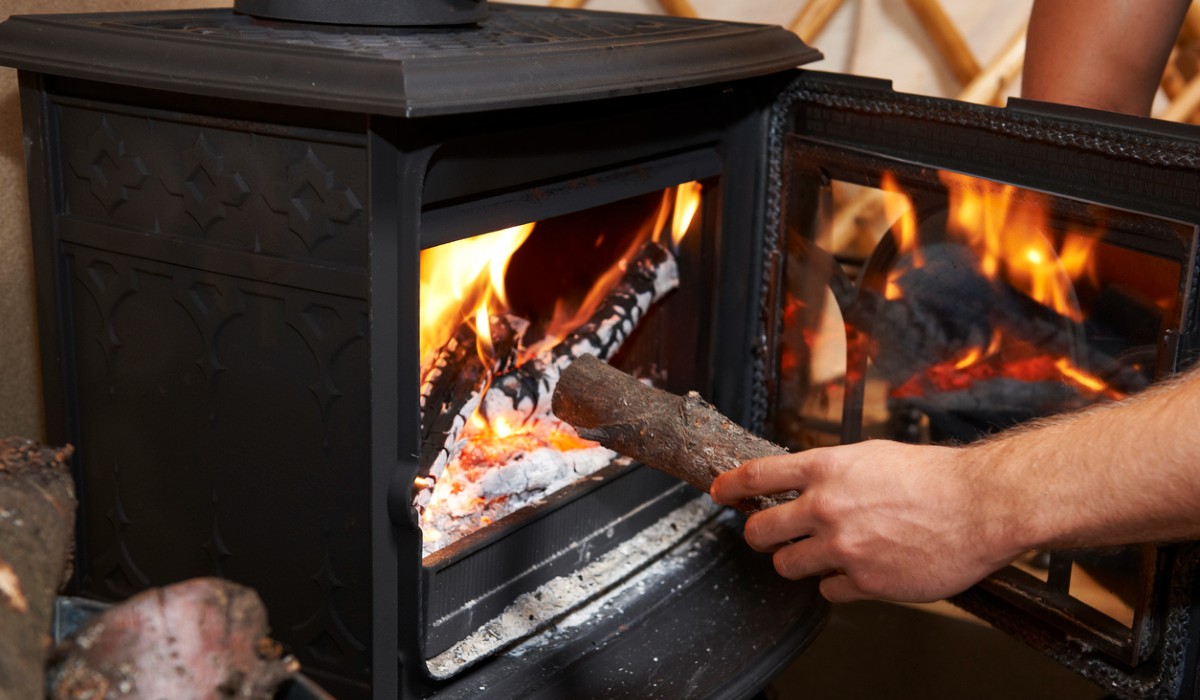
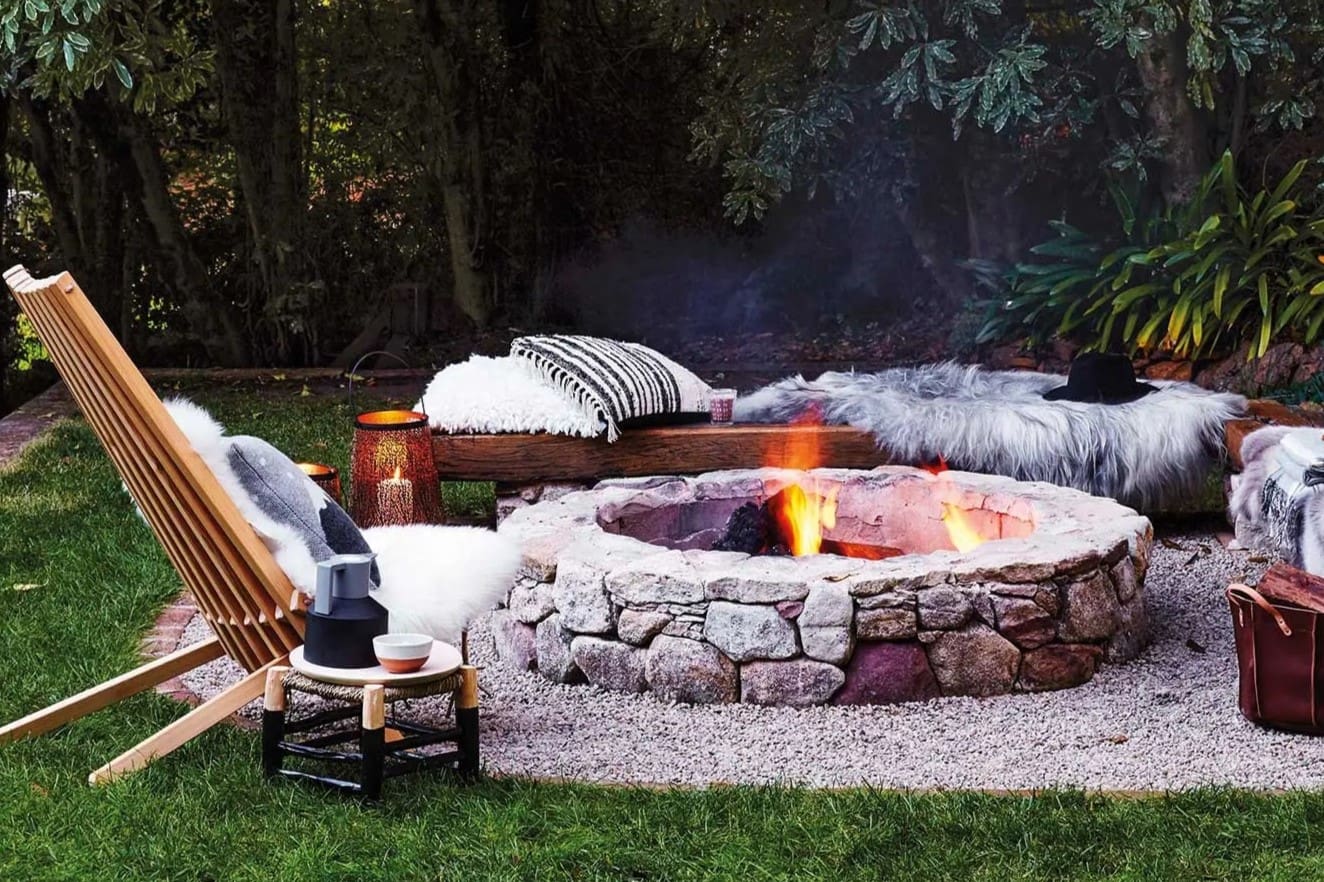
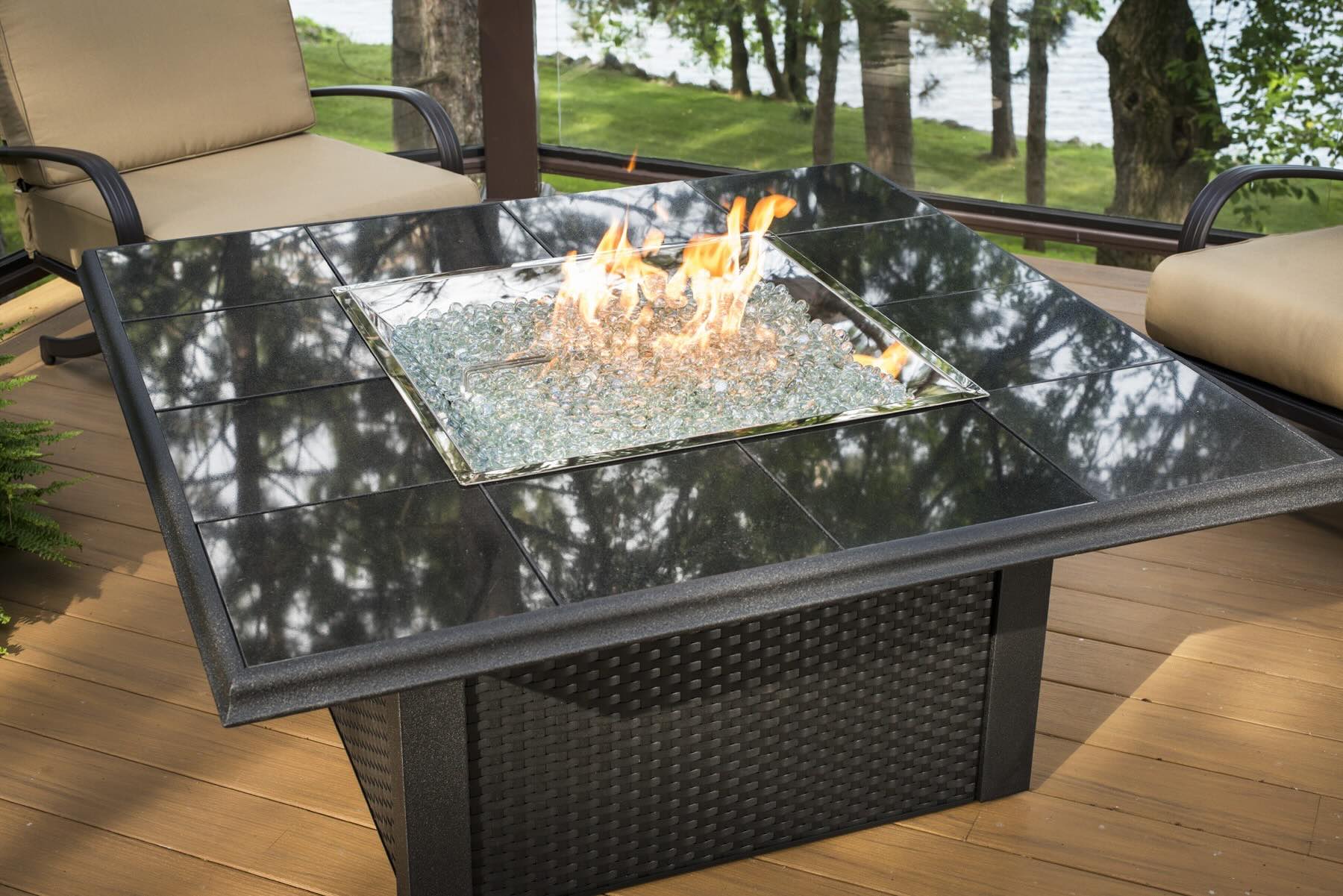
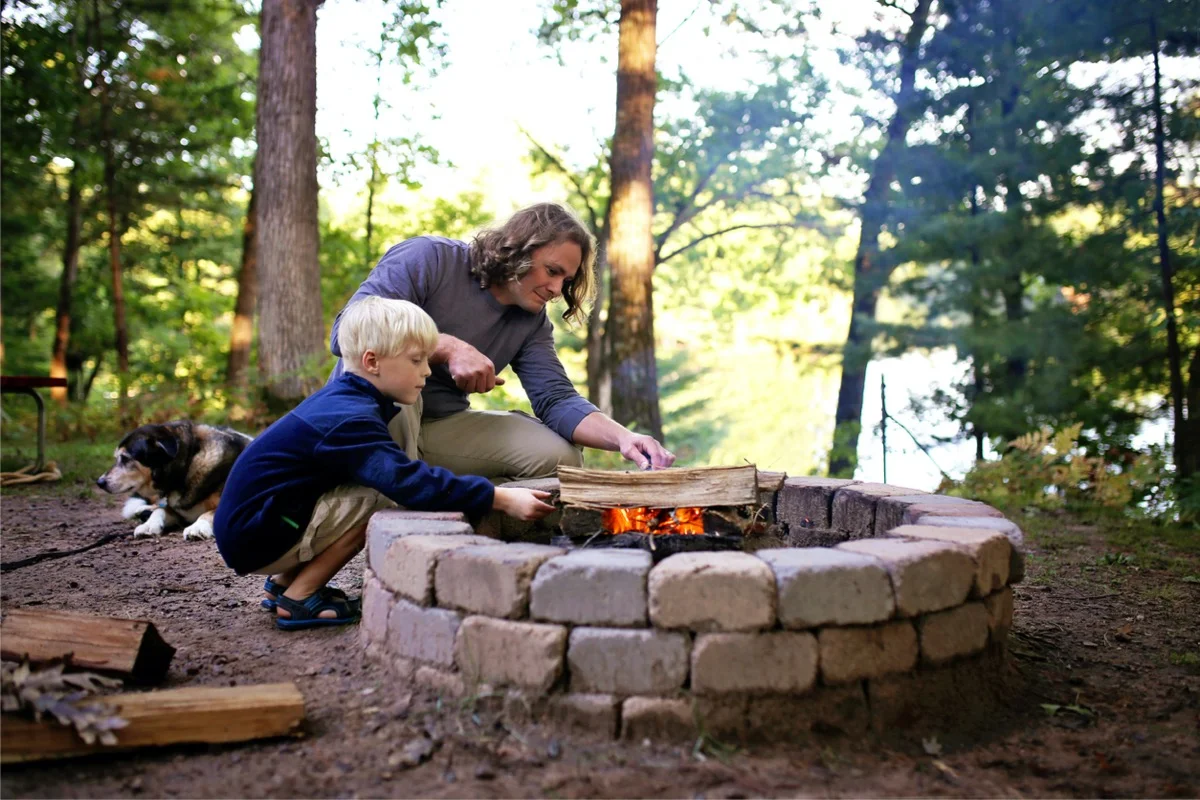
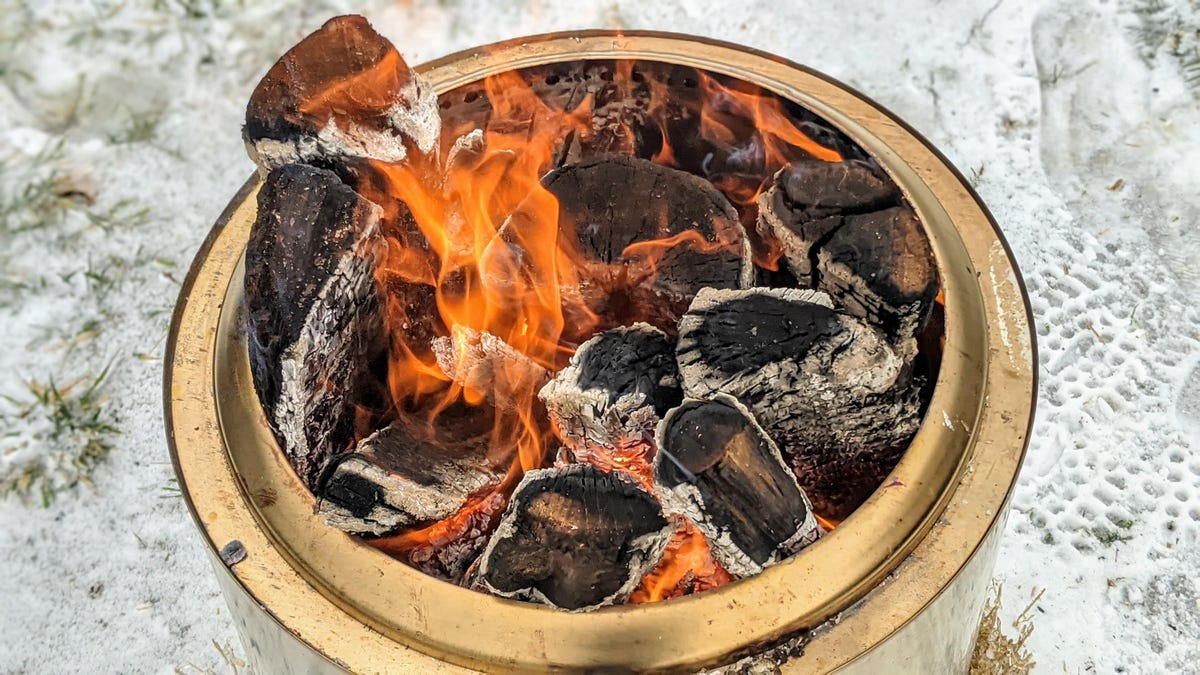
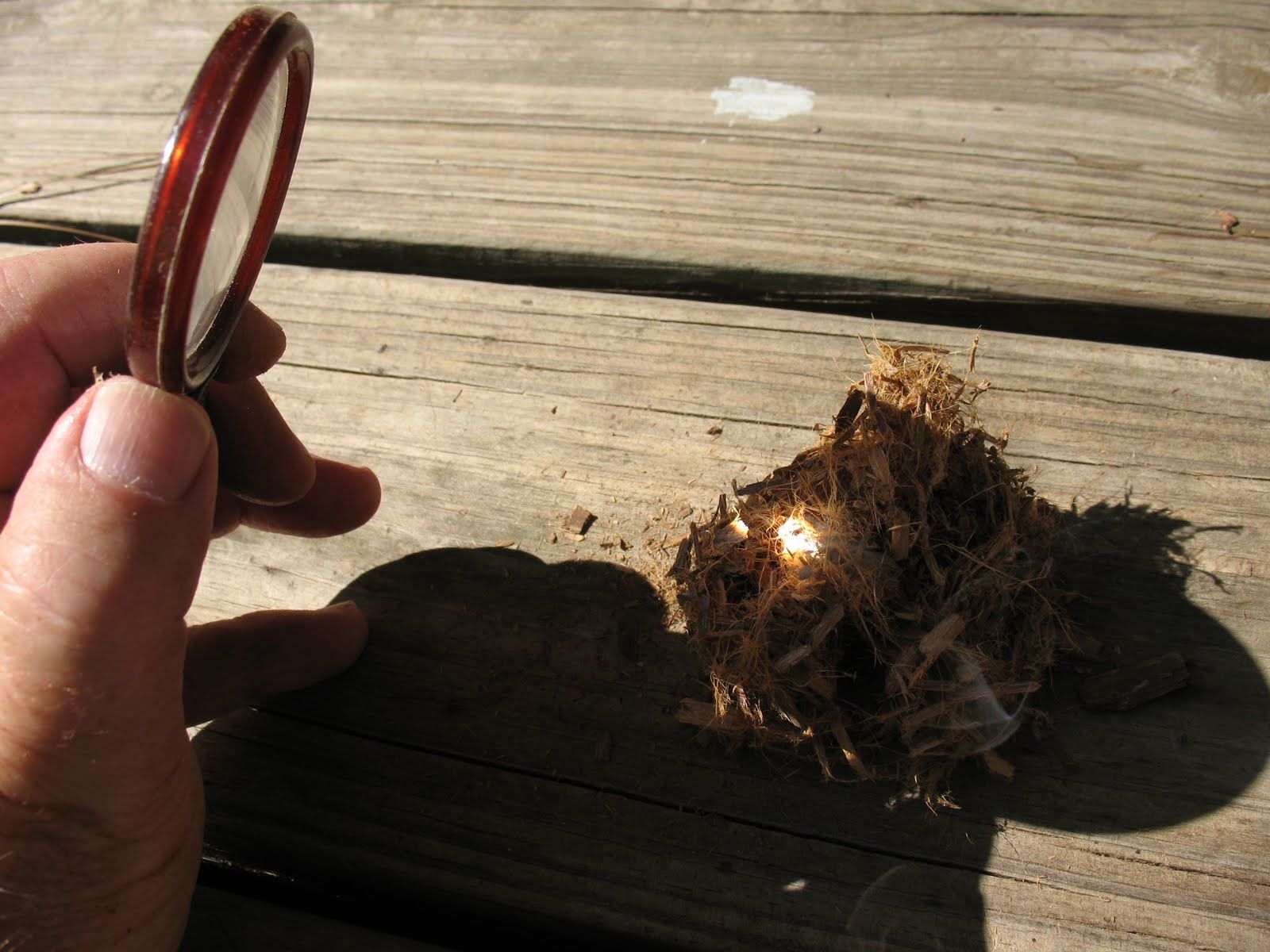
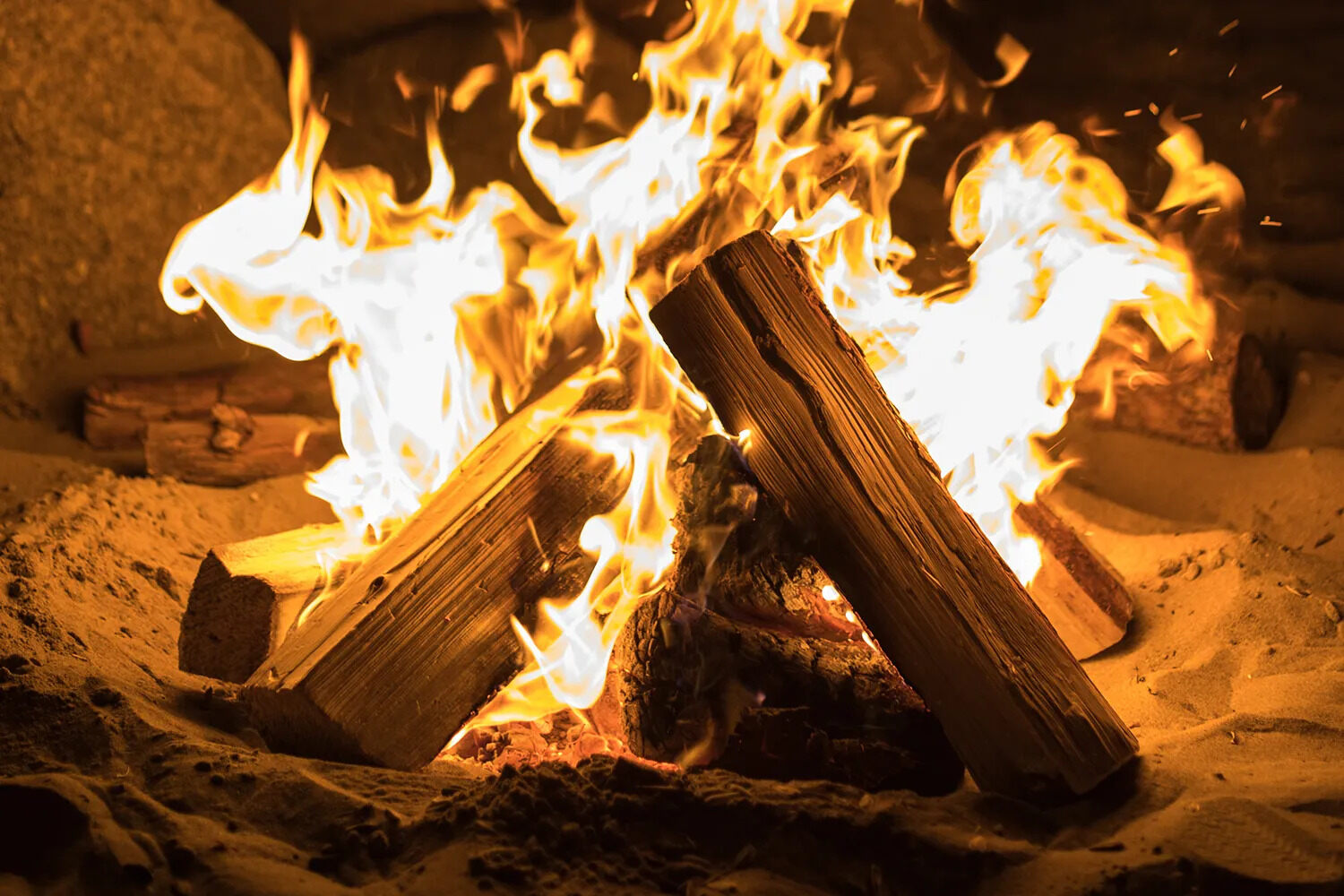
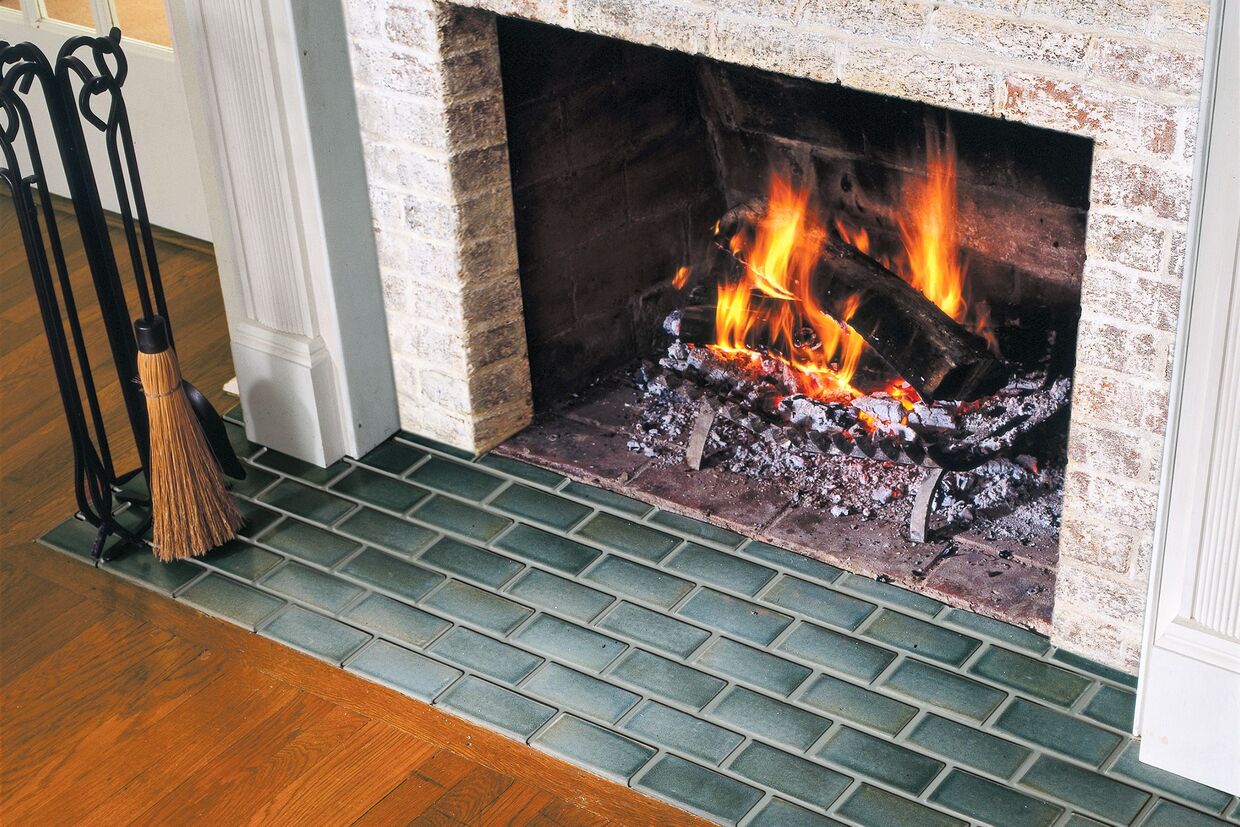
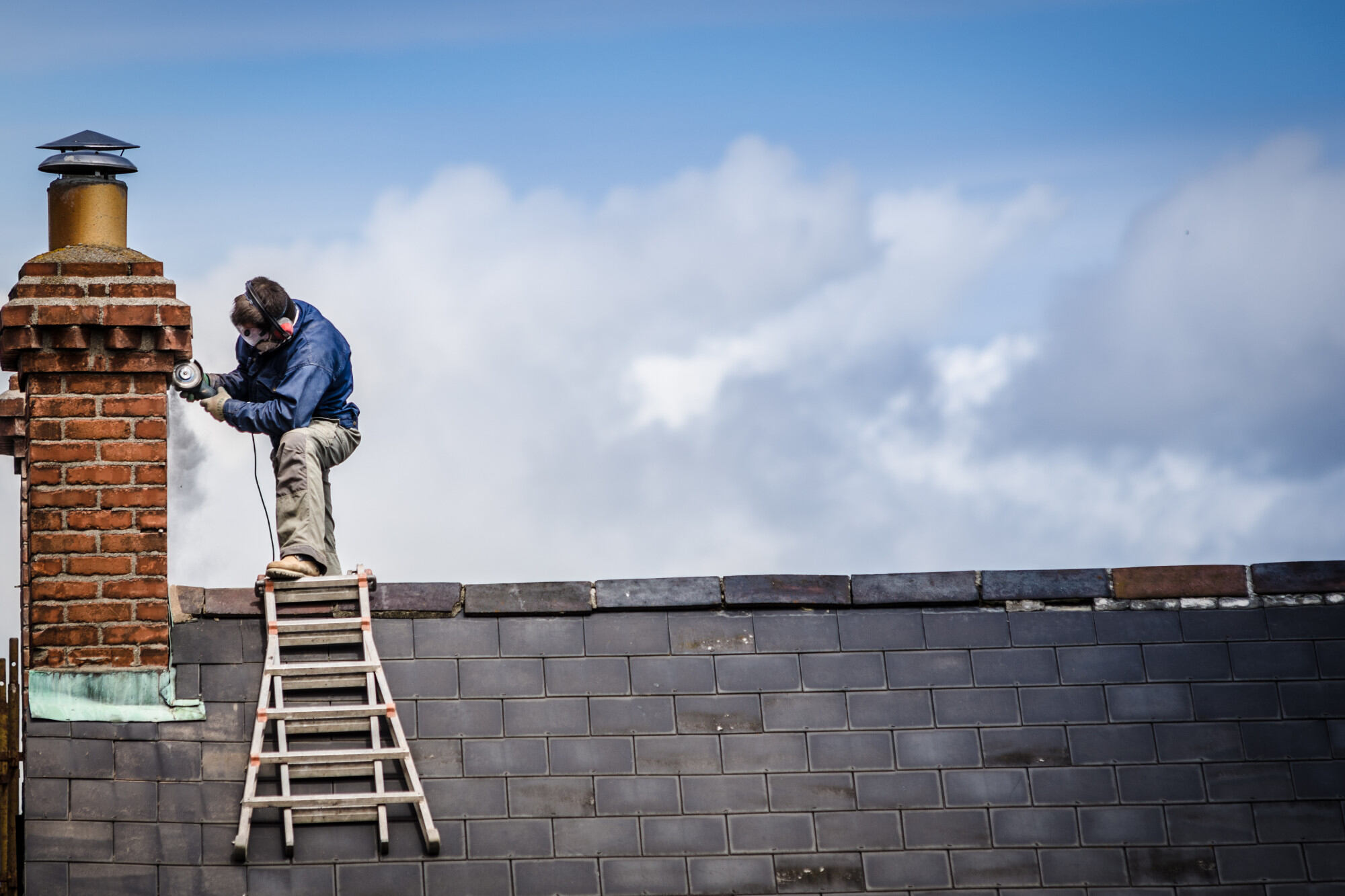
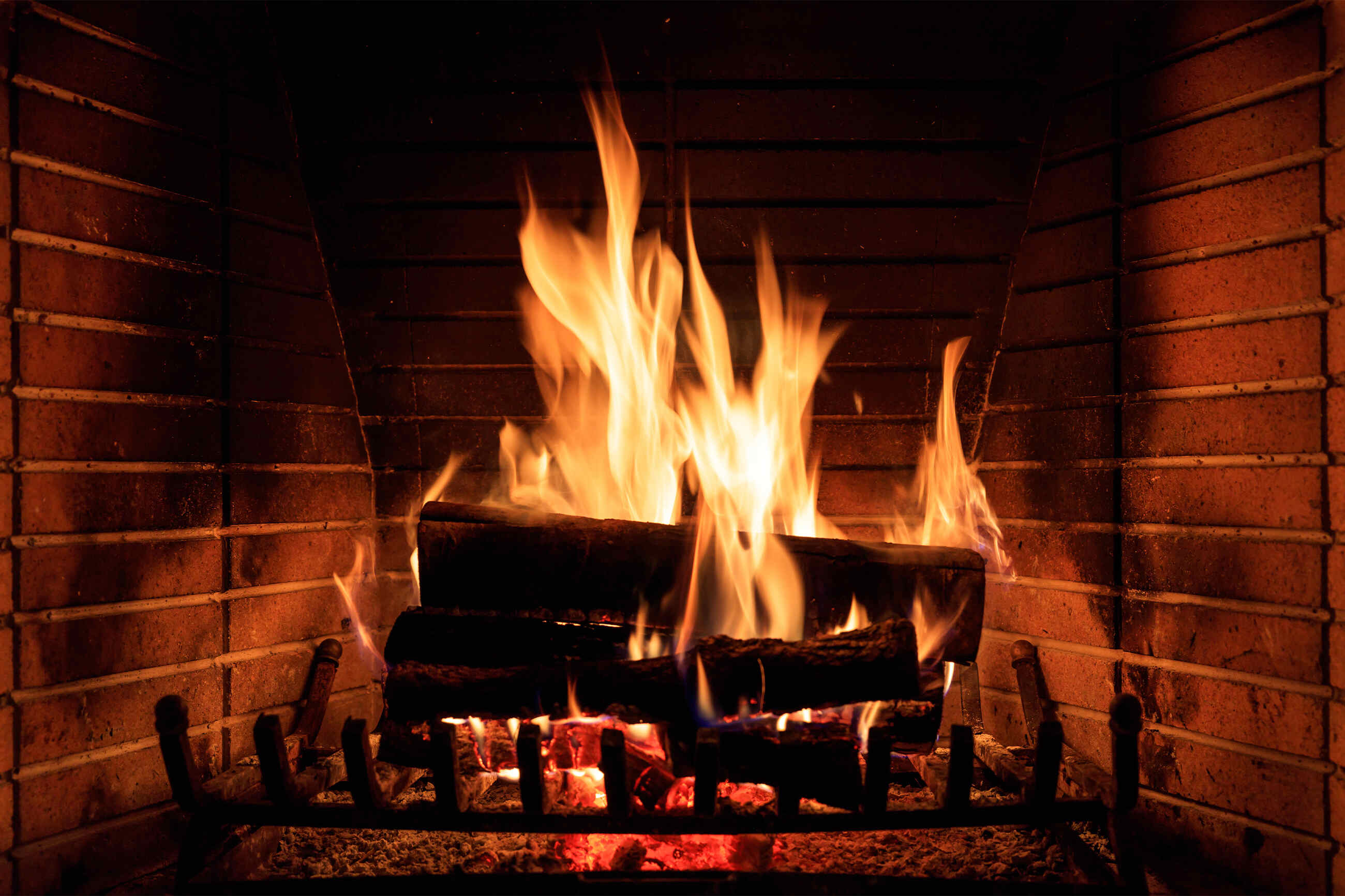
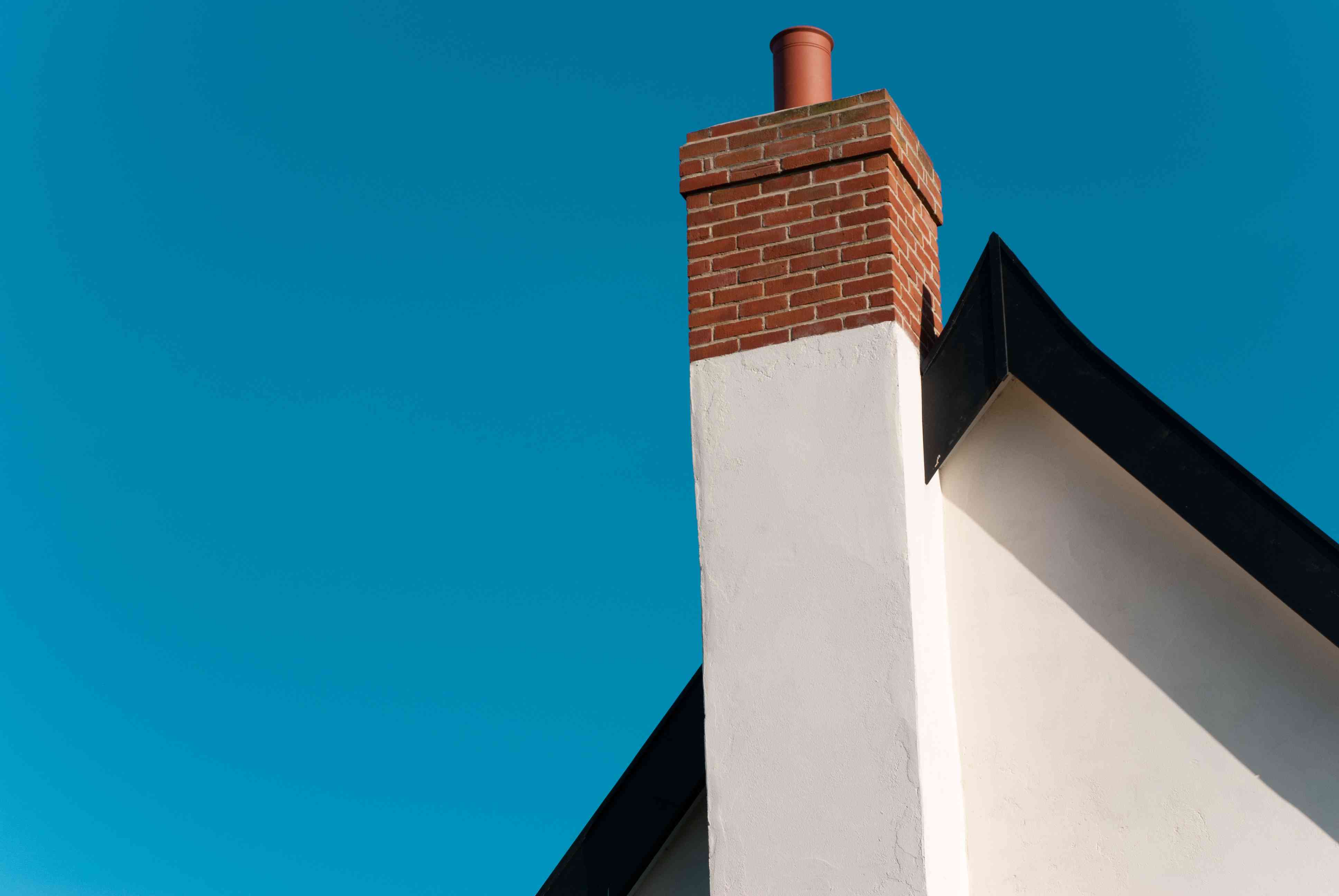
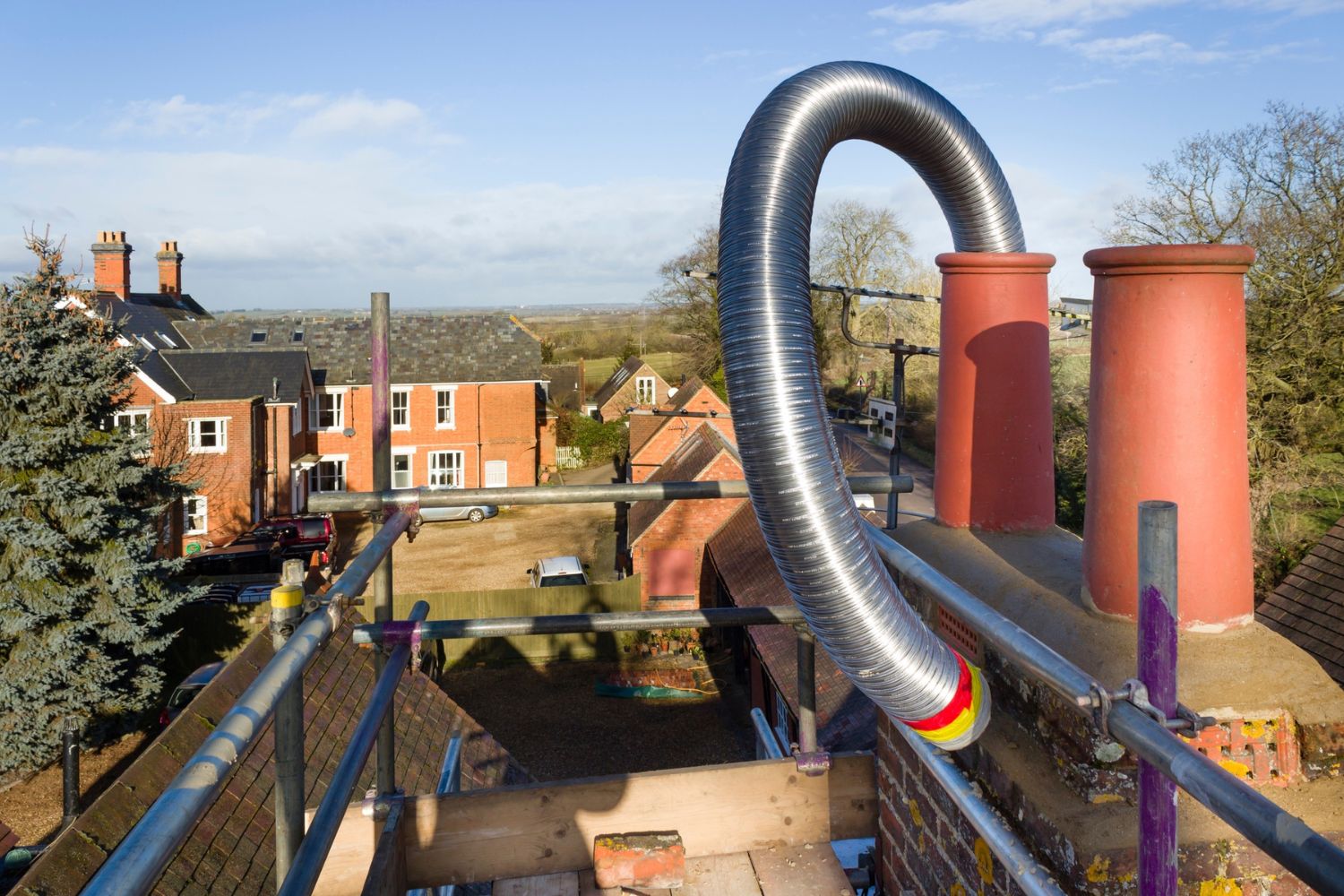

0 thoughts on “How Does A Chimney Fire Start”